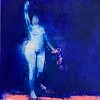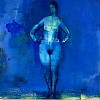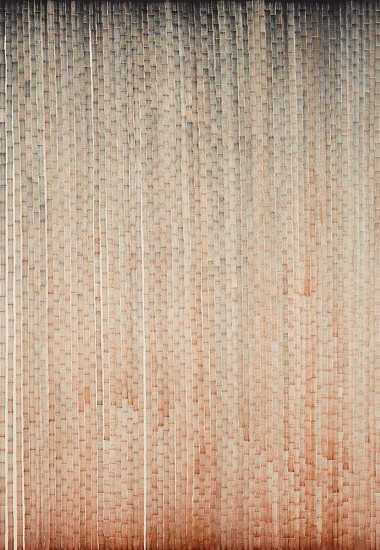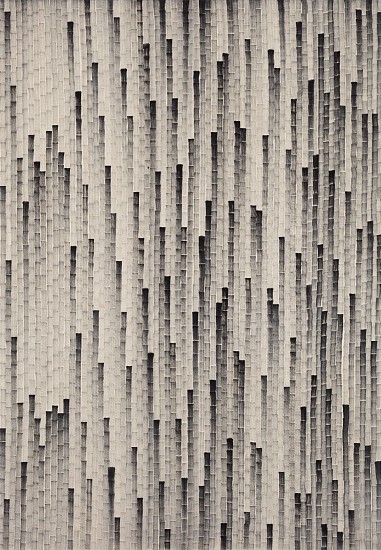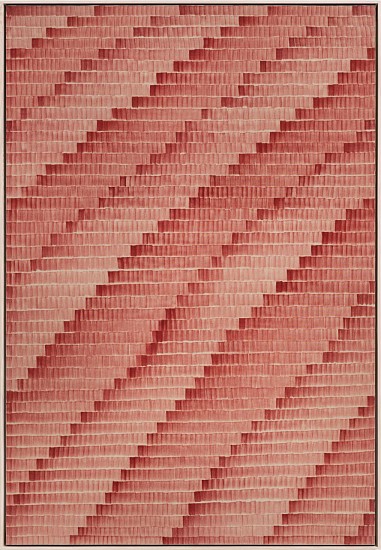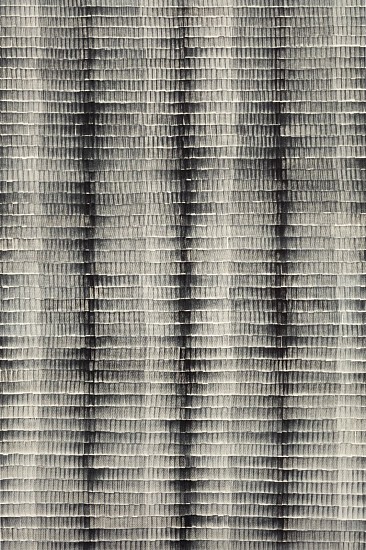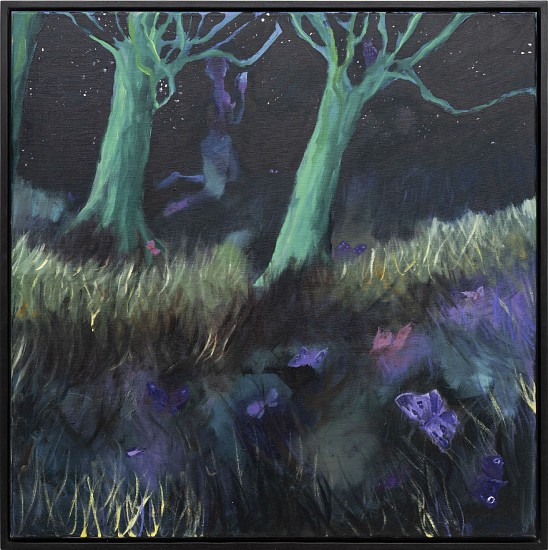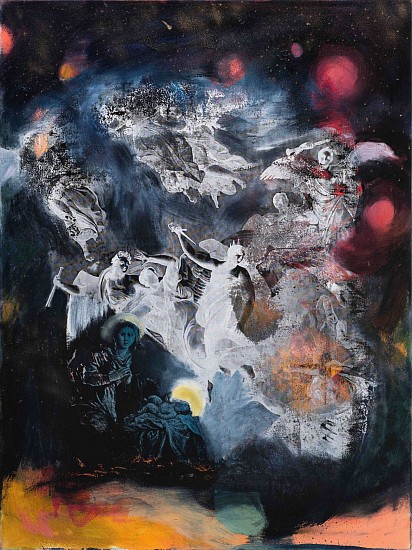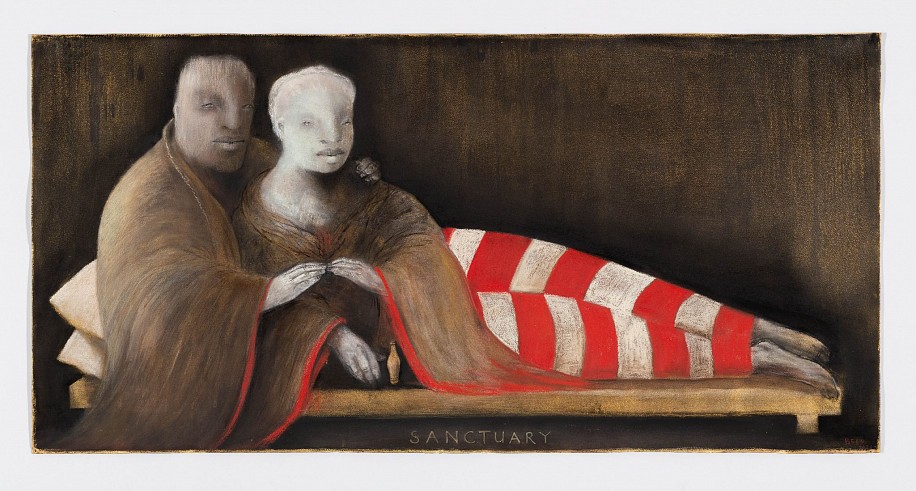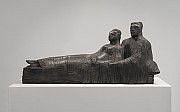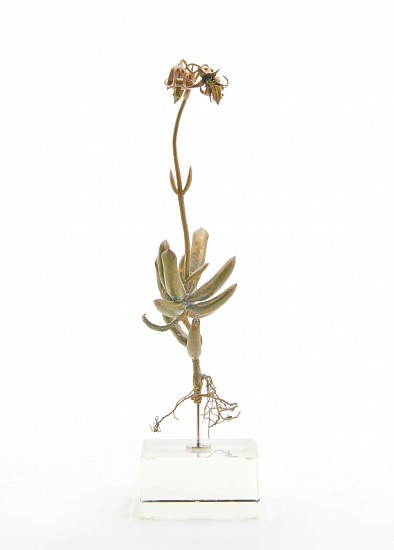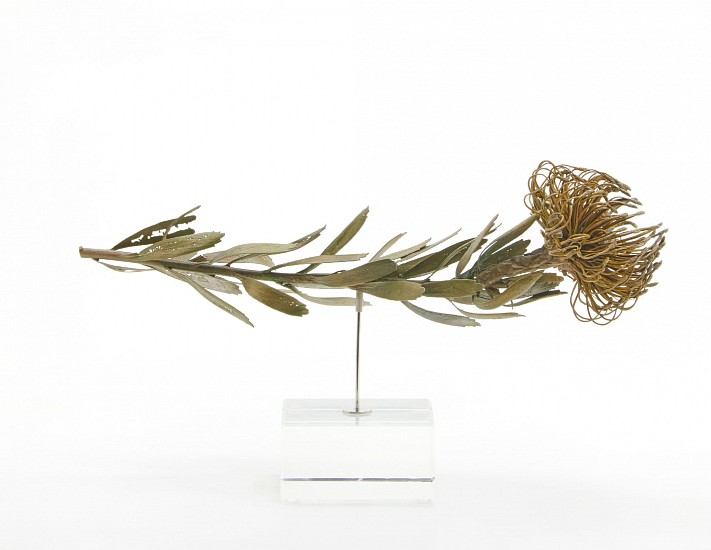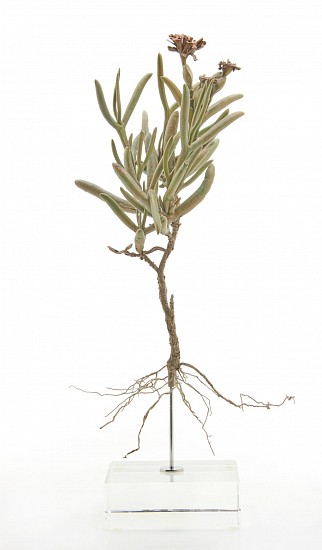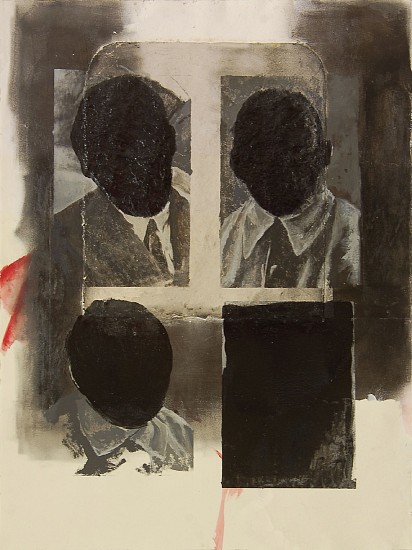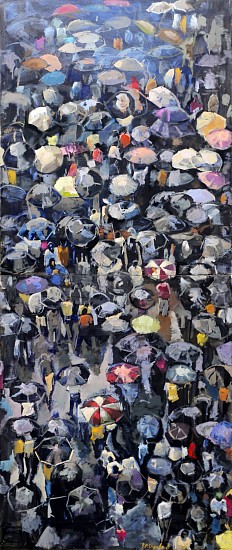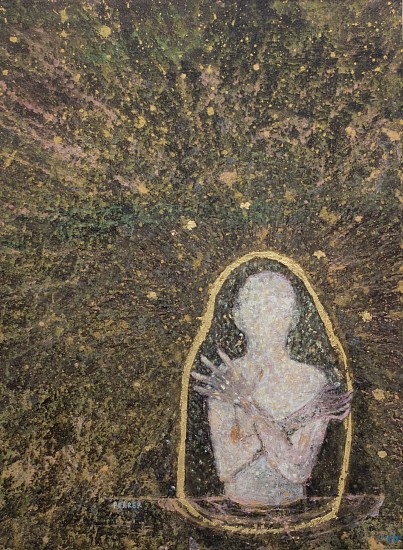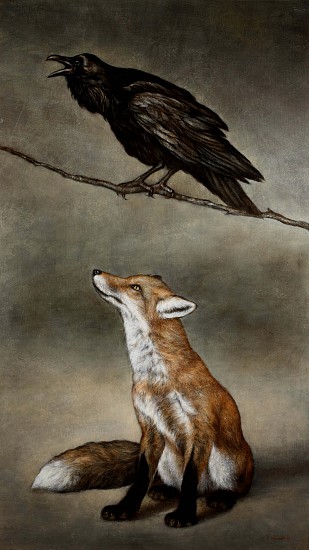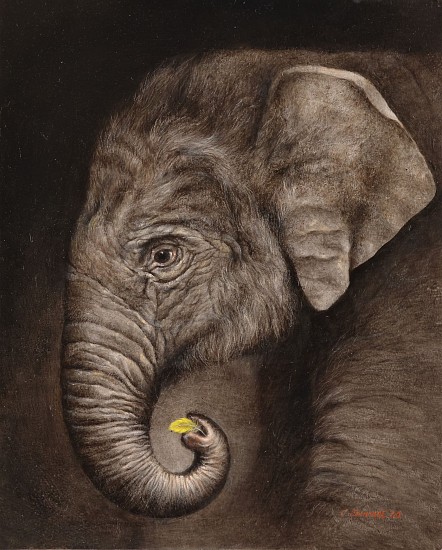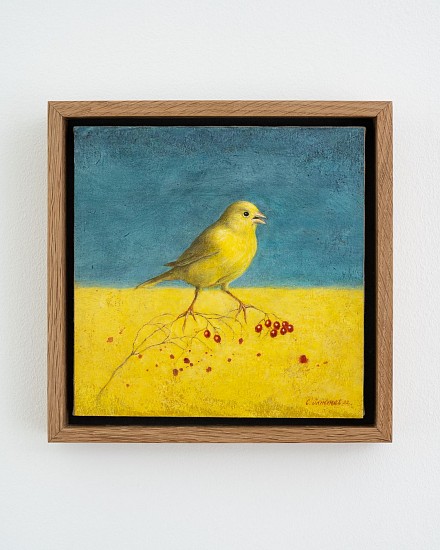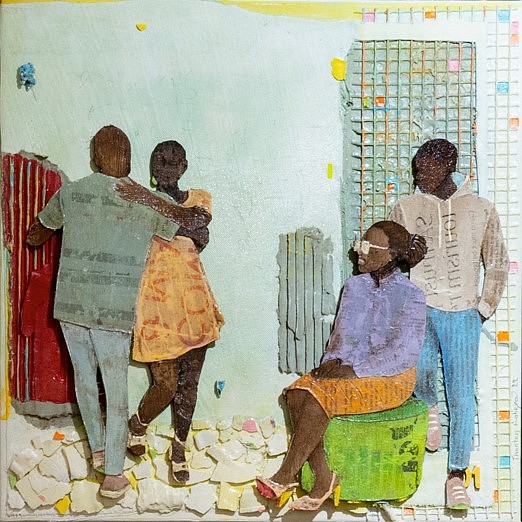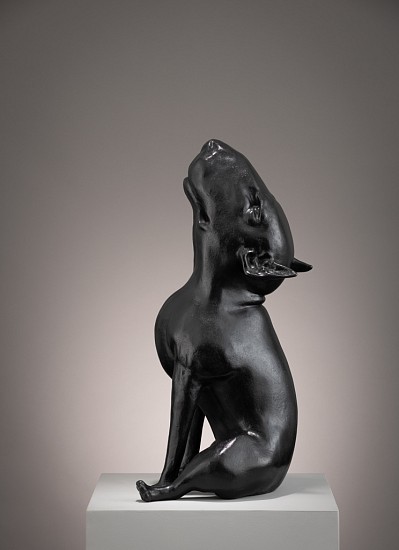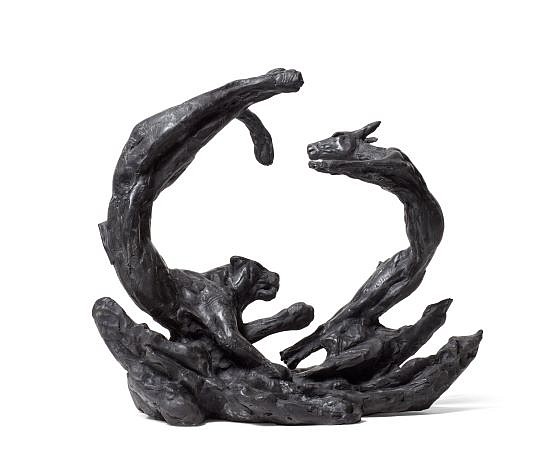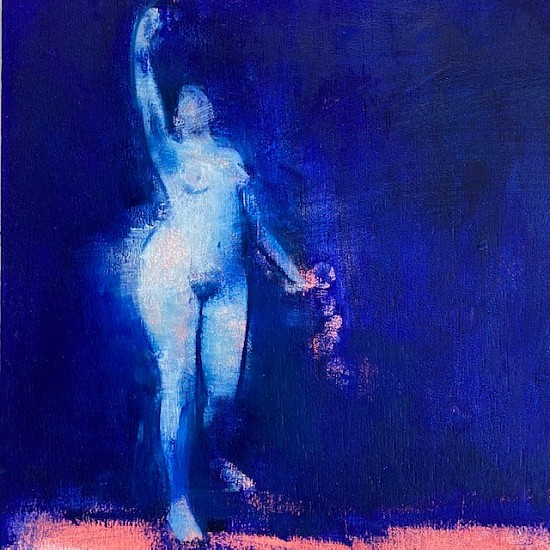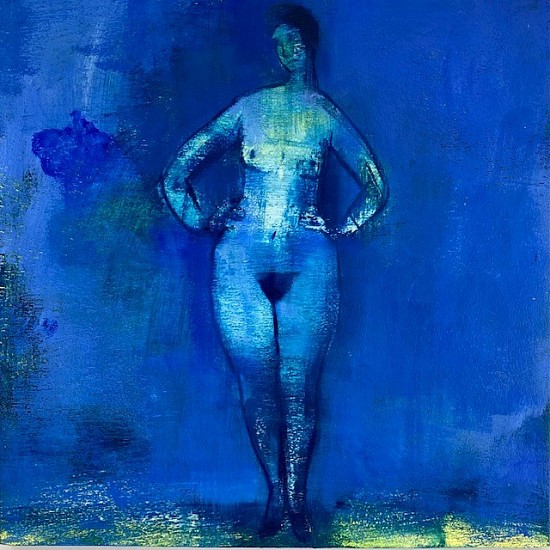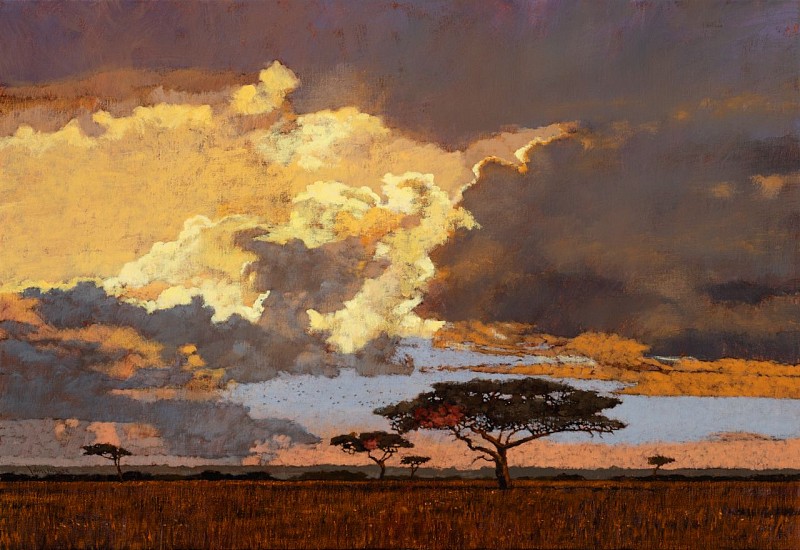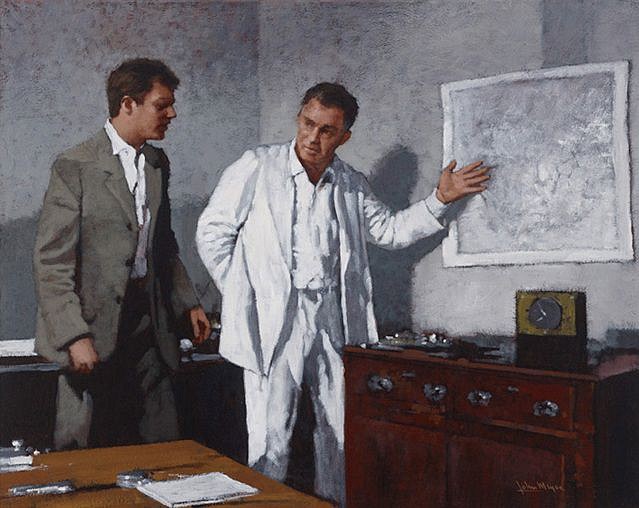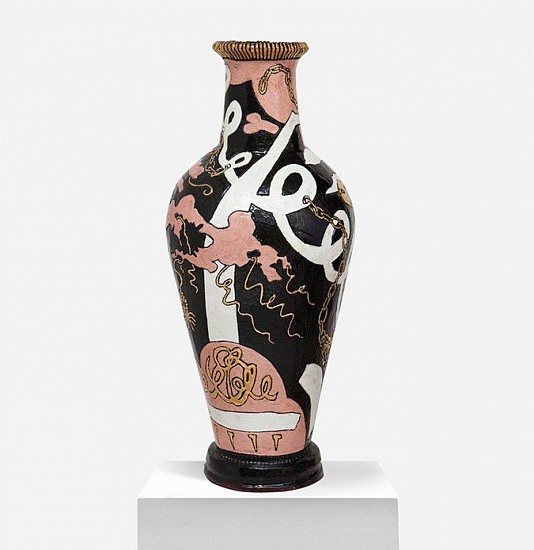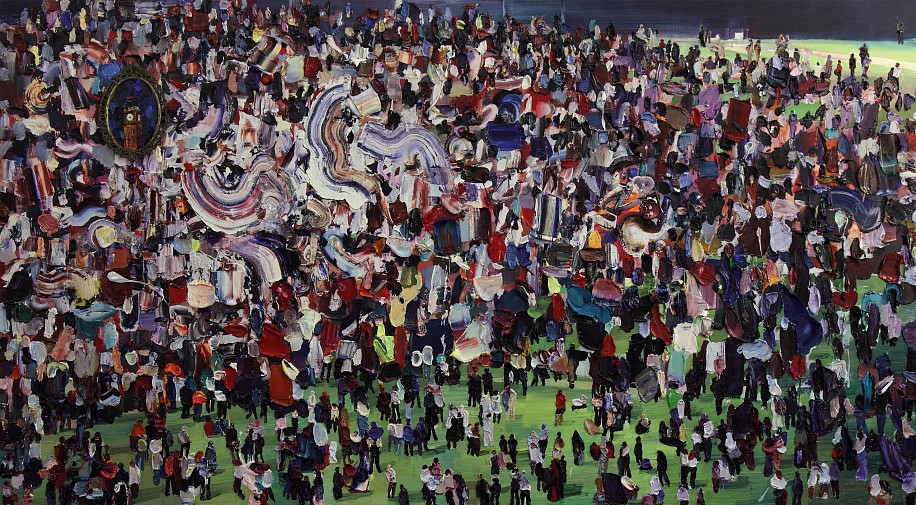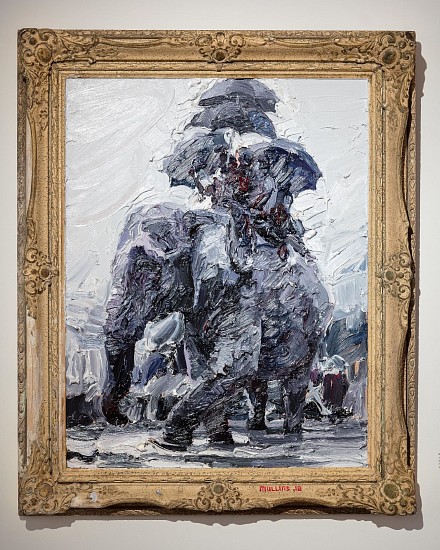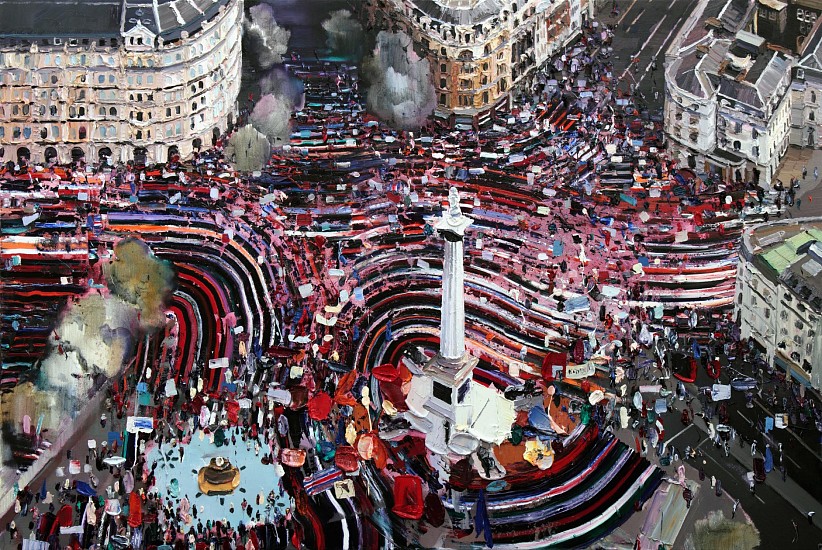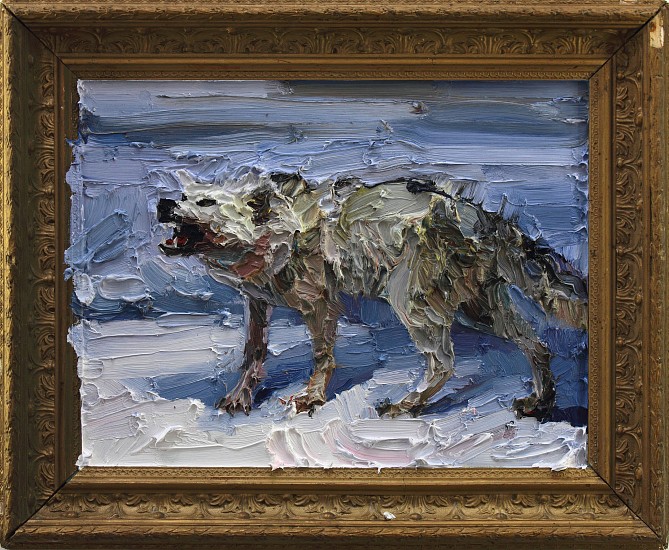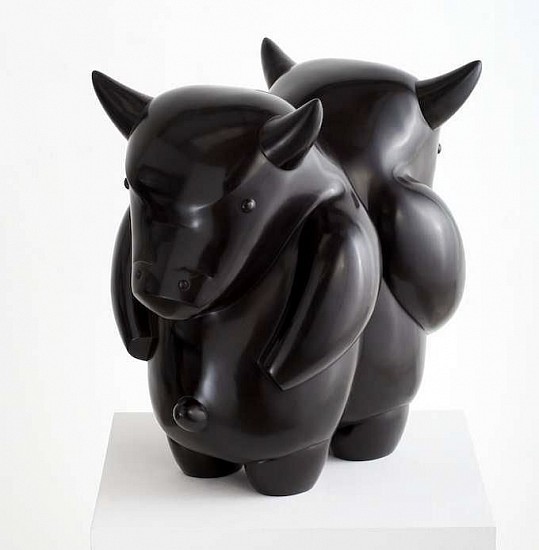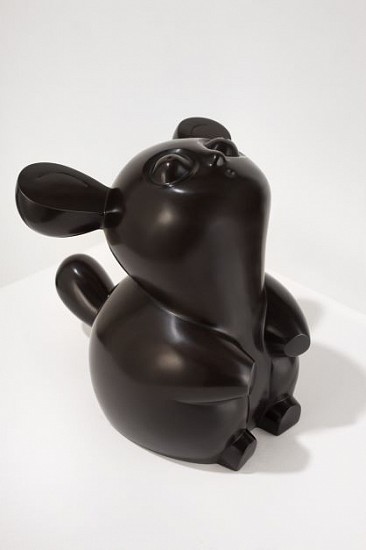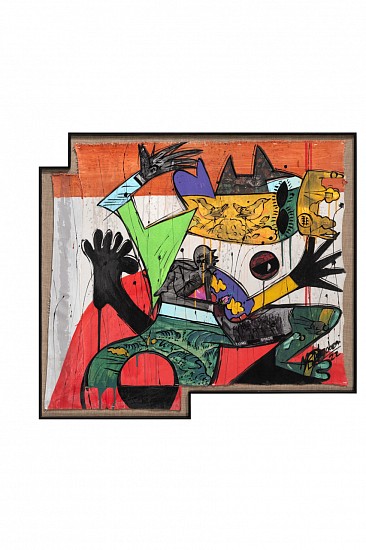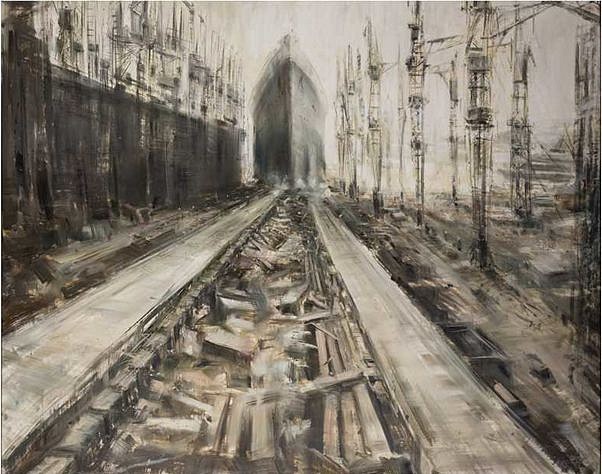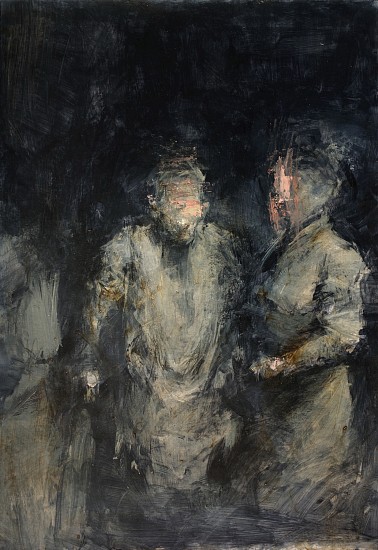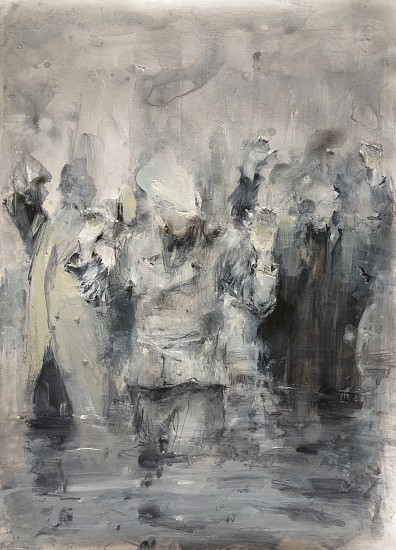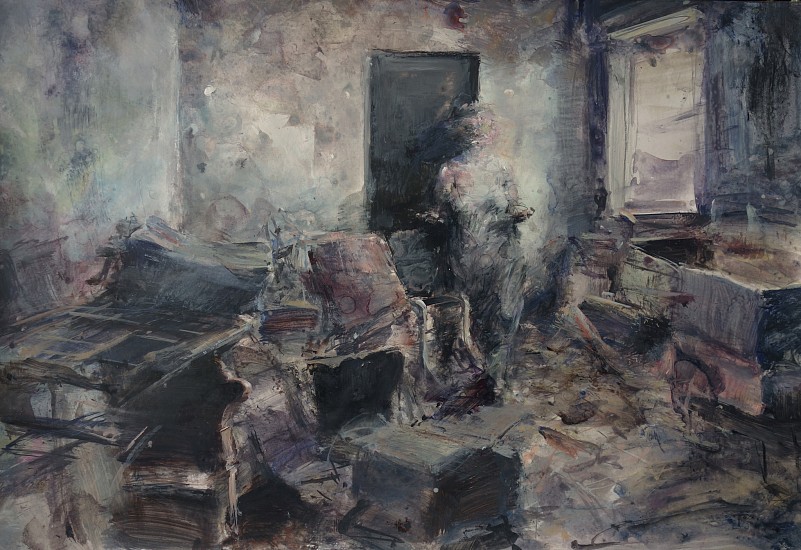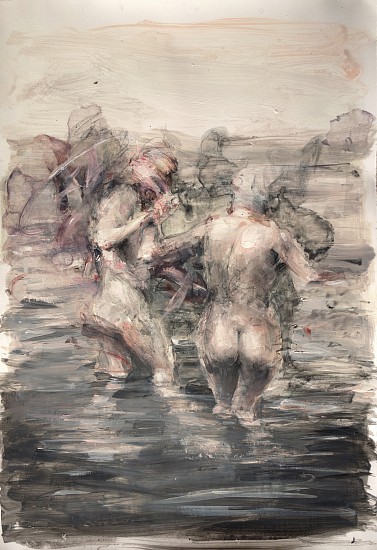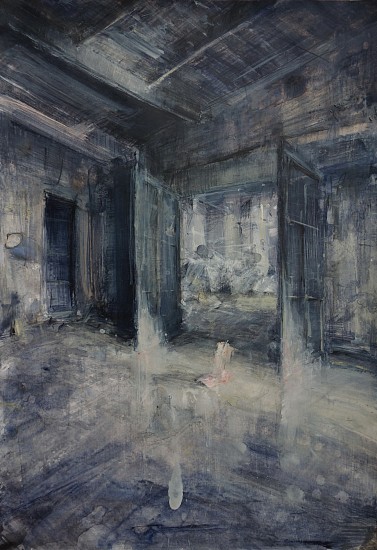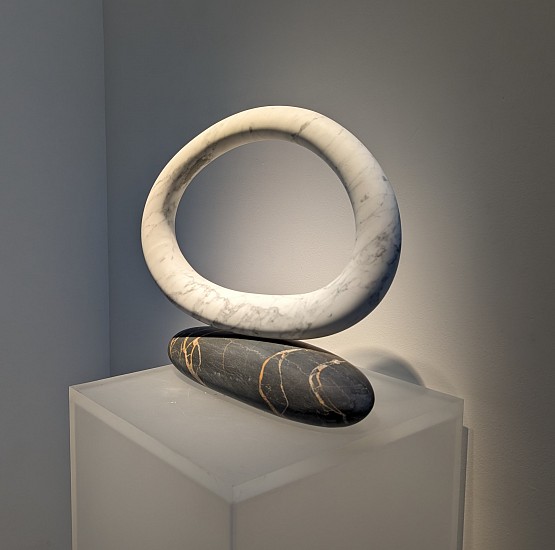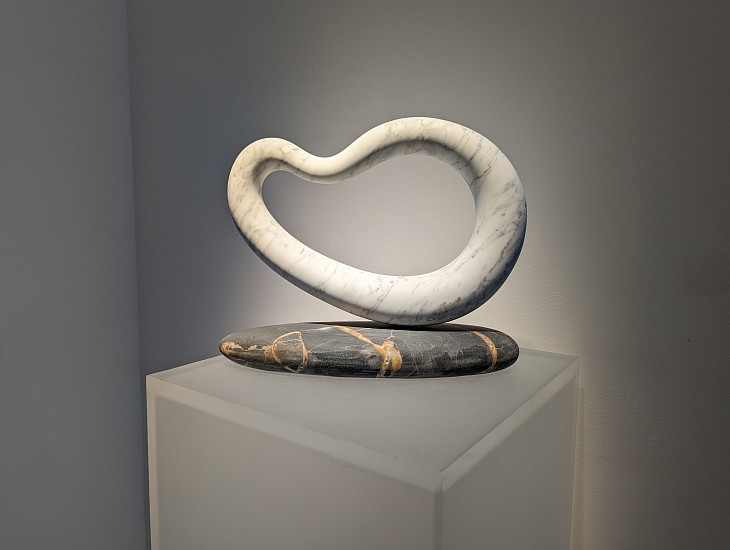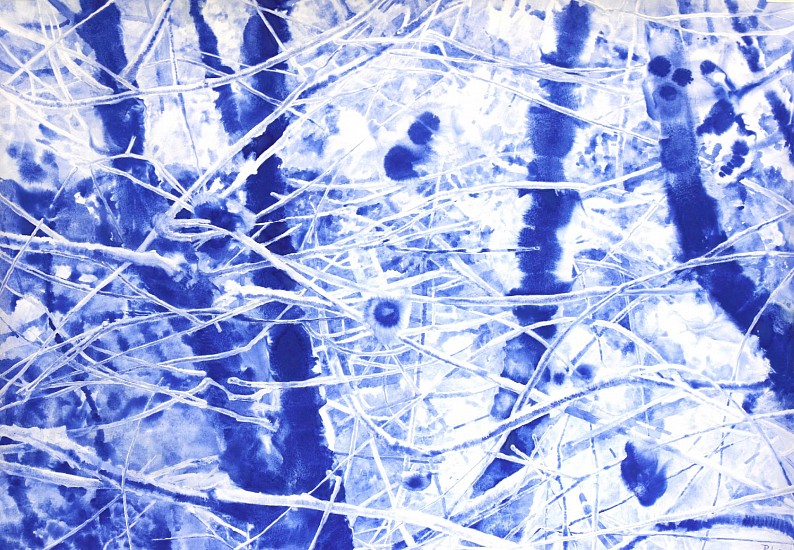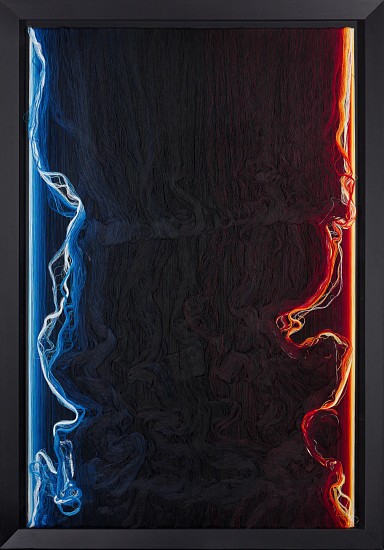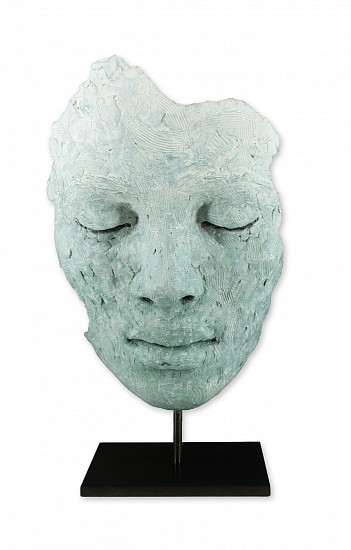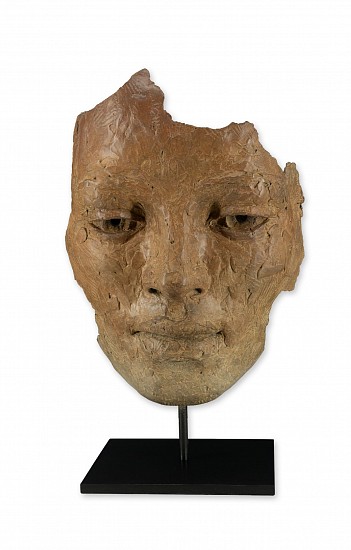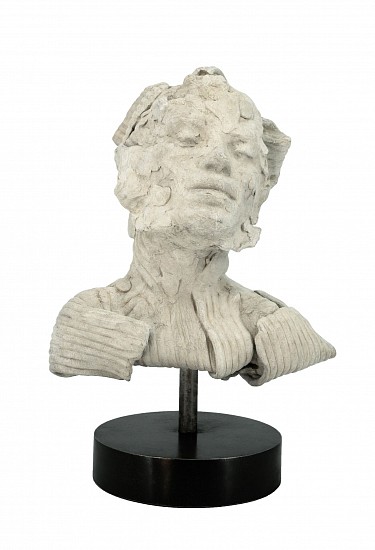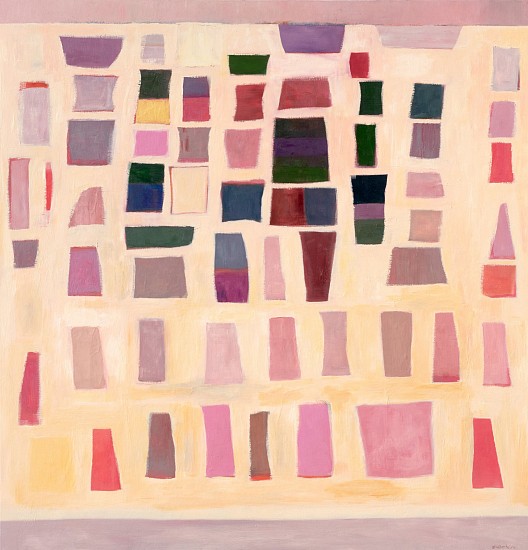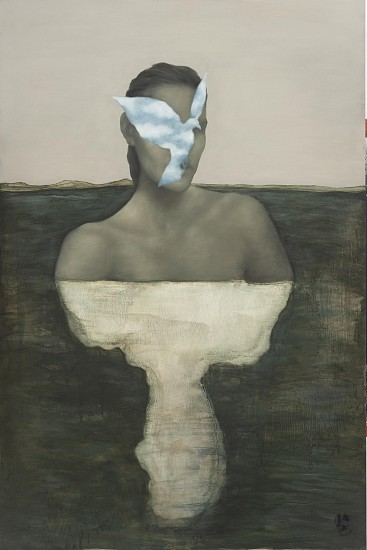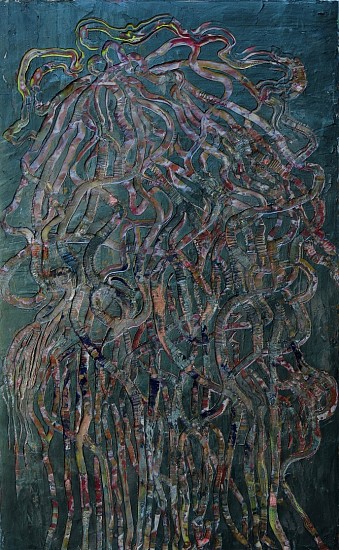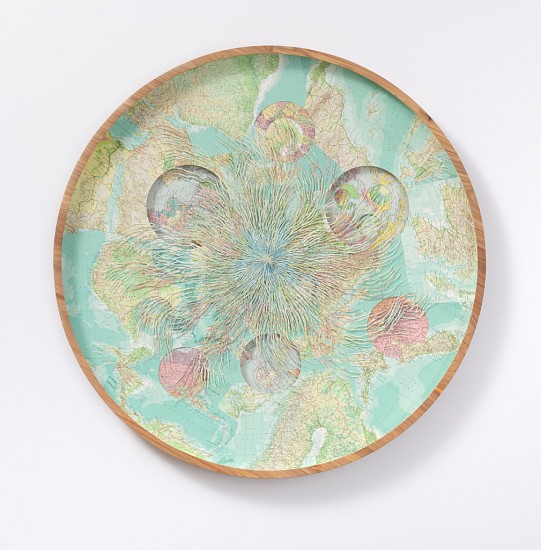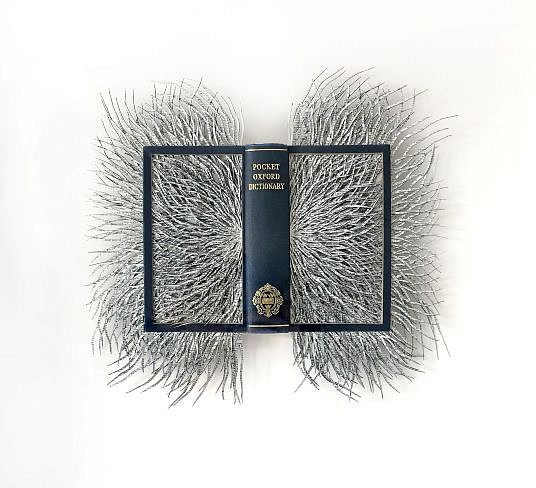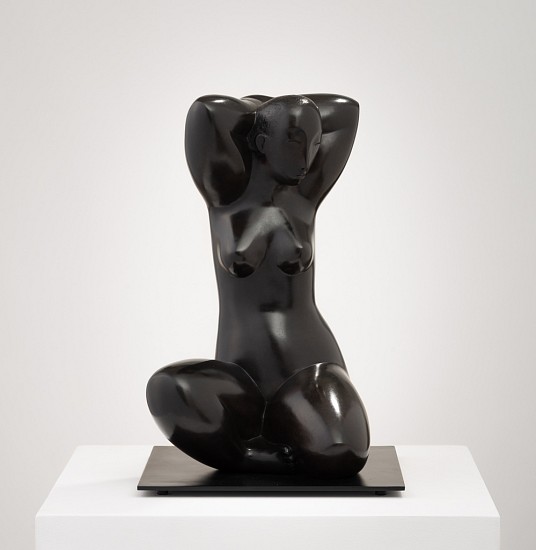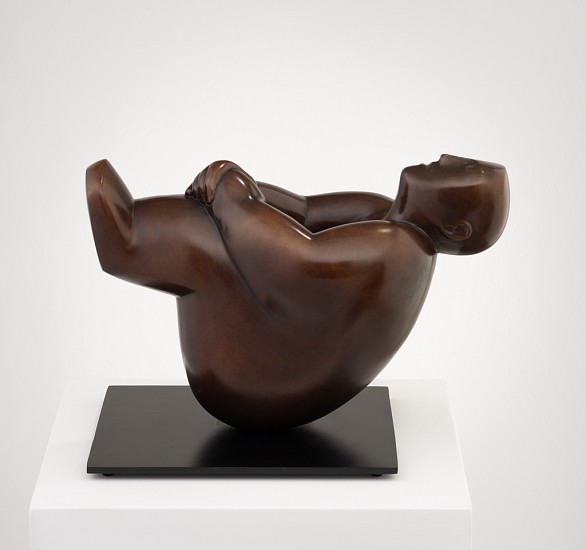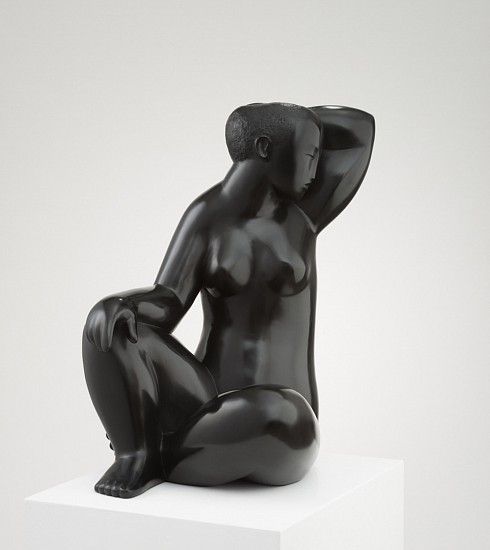110 YEAR ANNIVERSARY EXHIBITION
Much of Jop Kunneke’s work reflects his interest in the interconnectedness of humans and their fellow creatures. Immaculately crafted, his bronzes are often playful, and in this exhibition, he presents Howler, one of his signature hounds, resting on its hind quarters, head thrown back and howling at the heavens.
Contact: info@everardlondon.com
The subject matter of Mason’s work, although wide and varied, is typically centred around the aesthetic use of colour, form and texture. This collection of diminutive nudes are rendered in a dreamy midnight blues pay homage to the sinuous nature of the female form. ‘I seem to paint smaller works when I am surrounded by uncertainty. Both in the world and also my creative journey. I have really enjoyed painting these smaller female figures, I like the energy I can capture by working the whole surface of the painting at the same time. I suppose they represent the elusive muse. An artist’s inspiration. That feeling that exists just out of reach. Sometimes only when we are dreaming.’
– Louise Mason
The subject matter of Mason’s work, although wide and varied, is typically centred around the aesthetic use of colour, form and texture. This collection of diminutive nudes are rendered in a dreamy midnight blues pay homage to the sinuous nature of the female form. ‘I seem to paint smaller works when I am surrounded by uncertainty. Both in the world and also my creative journey. I have really enjoyed painting these smaller female figures, I like the energy I can capture by working the whole surface of the painting at the same time. I suppose they represent the elusive muse. An artist’s inspiration. That feeling that exists just out of reach. Sometimes only when we are dreaming.’
– Louise Mason
‘Whereas before, my animal sculptures might symbolically mock predators, policemen, politicians, oligarchs, sycophants, the corrupted and the like, during lockdown I felt impelled to look closer to home for my subject matter. My interests had been shifting from perpetrators to people and I have been wanting to transition from an accusatory position to one that is more compassionate and empathetic.
– Brett Murray
Brett Murray’s recent sculptures have a shared sense of vulnerability and fragility about them, not unlike the Japanese netsuke that inspired them. His symbolic portraits represent all of us, looking skywards for answers and certainty.
Elize Vossgatter makes her debut at Everard Read London with two new paintings. “Painting is an instinctive, observational reaction to the natural patterns of the world,” she says. Vossgätter’s relationship with paint involves an ongoing quest to push the limits of the material, by engaging the oil pigments with various solvents and additives, in an effort to find new streams to convey meaning. In these two works the surface of the canvases is transformed with beeswax mixed with both synthetic and organic pigments. By carving into the wax, the artist creates a multi-layered relief, evoking the physical laws of nature from which she draws her visual vocabulary.
Contact: info@everardlondon.com
Barbara Wildenboer’s reimagined maps are ticking timepieces that speak of shifting borders shaped by geopolitics, geology, and climate, while her altered books breathe renewed life into previously prized objects that are disappearing into obsolescence in our digital age.
The artist’s use of old books and maps invites us to consider ways in which humans feel compelled to interpret, fix and navigate the mysteries of life with atlases, maps and scientific devices. Guided by her intuition, the artist herself is on a quest to understand more. Magnetism, gravity and electricity, the celestial orbits and star cycles are all phenomena ‘discovered’ by science, yet their mysteries have not yet been entirely revealed. *
*Extract from an original text by Miranthe Staden Garbett, 2020
Contact: info@everardlondon.com
Image credit: Michael Hall / Dan Weill Photography
Barbara Wildenboer uses a combination of analogue and digital processes to create sculptural artworks that consist of collage, photo and paper-construction as well as digitally animated photographic sculpture. Wildenboer also creates delicately-cut altered books which often contain maps, atlases and scientific subject matter, sometimes using images from the book as central elements to her pieces. Imagery and words become components of the larger designs, as she crafts new visual narratives from the raw material.




















